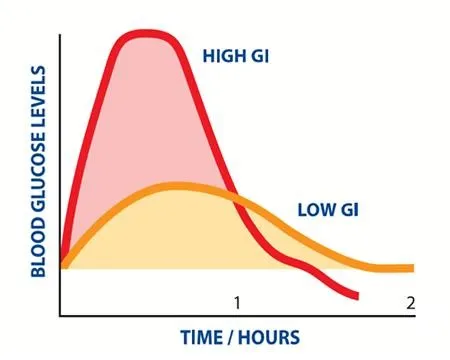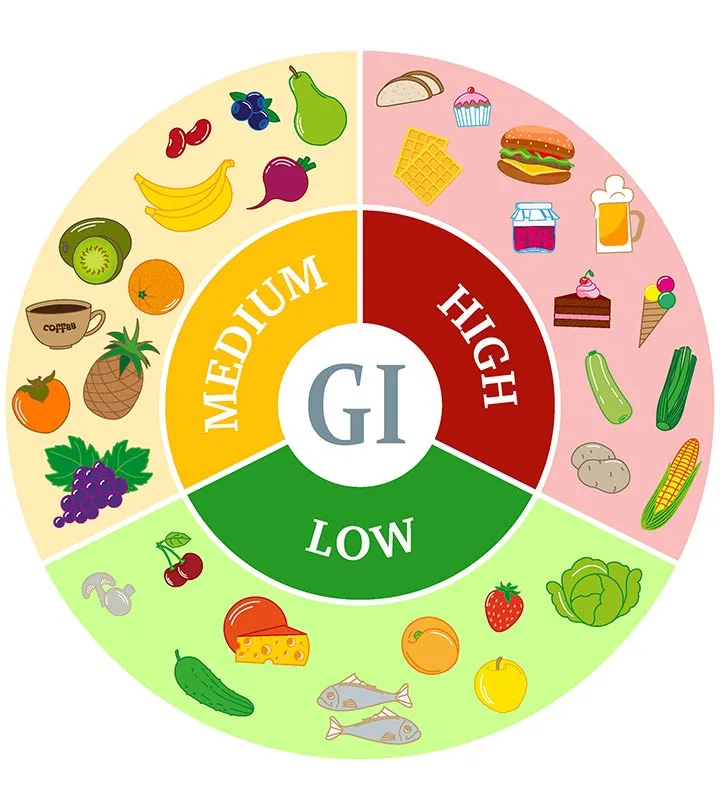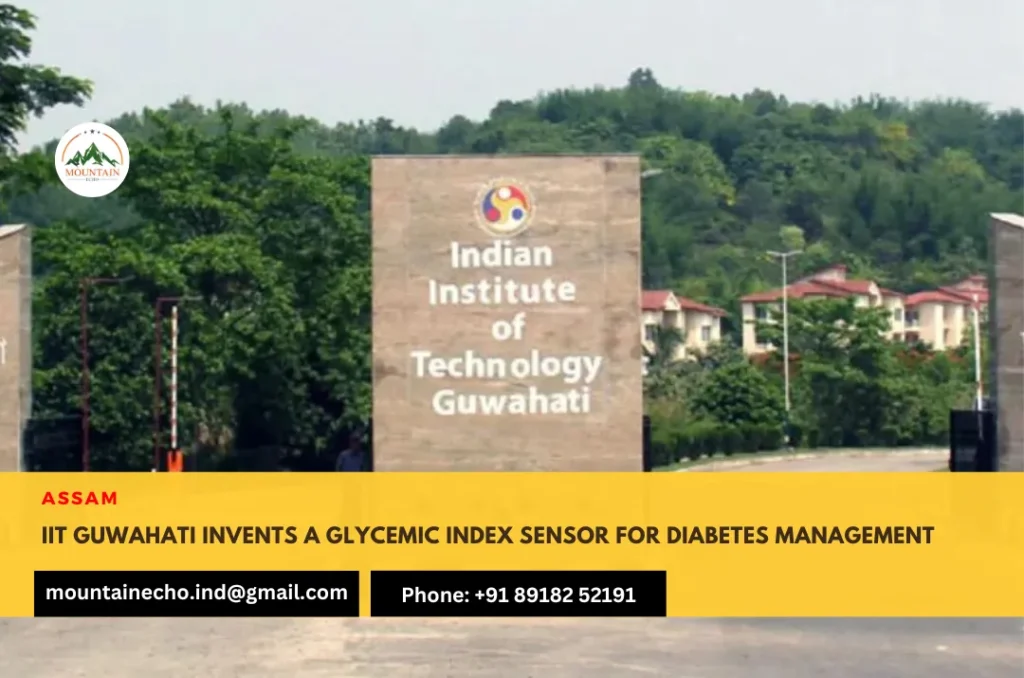IIT Guwahati invents a Glycemic Index Sensor for diabetes management on 19 October
Researchers at the Indian Institute of Technology (IIT) Guwahati have engineered a cost-effective, compact sensor on October 19. This device swiftly assesses the Glycemic Index (GI) of common foods, providing valuable assistance to individuals managing their blood sugar levels, particularly those with diabetes, through dietary choices.
The Glycemic Index (GI) is a way to rate foods containing carbohydrates based on how they impact blood sugar levels after eating. Foods with a high GI can lead to a quick rise and fall in blood sugar levels and may increase the risk of Type-2 diabetes by requiring more insulin. On the other hand, low Glycemic Index foods help to prevent diabetes, heart disease, obesity, and even cancer.
Mountain Echo now has WhatsApp Channel. Please join us there.
With the growing popularity of fast food among the global workforce, there’s a demand for a portable gadget that can quickly tell the Glycemic Index (GI) of food.

The team has created a point-of-care testing (POCT) prototype that can measure the Glycemic Index of common foods in about five minutes.
A composite nanoenzyme was created by combining gold nanoparticles with alpha-amylase, enabling the breakdown of long-chain starch molecules into simpler sugars. It was observed that this nanoenzyme, with a size of approximately 30 nanometers, exhibited remarkable heterogeneous catalytic properties for the rapid degradation of starch into maltose at room temperature. These findings were explained by Professor Dipankar Bandyopadhyay from the Department of Chemical Engineering at IIT Guwahati.
The quantity of maltose created is subsequently identified using electrochemical methods to categorize food sources as either Rapidly Digestible Starch (RDS) or Slowly Digestible Starch (SDS), as well as Resistant Starch (RS).

Professor Bandyopadhyay further said that when the device was employed to examine fast foods such as crackers, biscuits, chips, and bread, it was observed that crackers exhibited the highest levels of RDS, followed by potato chips, and then brown bread. Notably, brown bread’s SDS/RS resulted in the gradual release of maltose, leading to a slow increase in glucose levels and a reduced response from insulin within the body.
The research findings have been published in the Sustainable Chemistry & Engineering journal by the American Chemical Society. The paper was co-authored by Mr. Prathu Raja Parmar, Mr. Jiwajyoti Mahanta, Mr. Tapas Kumar Mandal, Mr. Saurabh Dubey and Professor Dipankar Bandyopadhyay.
This research has been funded by the Ministry of Electronics and Information Technology (MeitY) and the Indian Council of Medical Research (ICMR).



